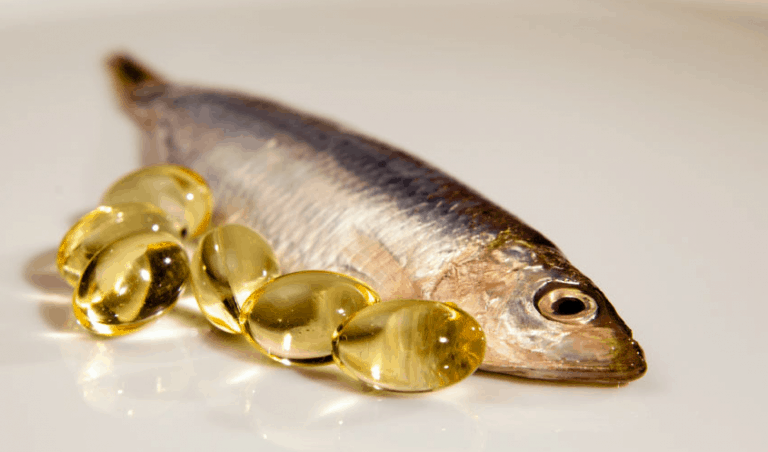Your doctor has just given you the diagnosis: prostate cancer. Now is the time to learn as much as you can about your treatment options and then, with guidance from your physicians, make a decision that’s best for you. Generally there is no right answer for the best prostate cancer treatment because good data from well-run trials are lacking. That’s one reason why it is so important to consult with several experts (e.g., medical oncologist, radiation oncologist, urologist) when making your decision.
When making your treatment decision, determine what is important to you regarding post-treatment priorities, as now is also the time to plan your recovery. Two major areas of concern for many men who undergo prostate cancer treatment are erectile dysfunction and urinary incontinence.
Therefore, the following questions may help you make your decision and to understand the possible and probable effect of choosing a particular treatment on erectile dysfunction and incontinence.
- How soon can erectile dysfunction occur after radical prostatectomy? [1]
- How soon can erectile dysfunction occur after hormone therapy begins? [2]
- How soon can erectile dysfunction occur after chemotherapy begins?
- How soon can erectile dysfunction occur after radiation therapy begins? [3]
- What options are available for treating erectile dysfunction?
- How common is urinary incontinence after radical prostatectomy?
- How common is urinary incontinence associated with hormone therapy?
- How common is urinary incontinence associated with radiation therapy?[4]
- How common is urinary incontinence associated with chemotherapy?
- What are the different types of urinary incontinence?
- What treatment options are available to resolve urinary incontinence?
- What tests does a physician do to determine the type of urinary incontinence?
- What dietary changes can I made to improve urinary incontinence?
- What are Kegel exercises and what type of urinary incontinence can they treat?[5]
- What is a penile clamp and what type of urinary incontinence does it treat?
- What are collagen injections and what type of urinary incontinence do they treat?[6]
- What is an artificial urinary sphincter and what type of urinary incontinence does it treat?[7]
- What is a male sling and what type of urinary incontinence does it treat?
- What complementary/alternative therapies can I use to treat erectile dysfunction?
Read more in our Prostate Cancer Health Center.
References
[1] Erectile dysfunction can begin immediately after undergoing radical prostatectomy, whether nerve-sparing technique was used or not. If the nerve-sparing technique was used, recovery from ED may occur within the first year after surgery. Recovery is less likely but still possible after a non-nerve-sparing technique. Source: WebMD
[2] Erectile dysfunction may occur about two to four weeks after the start of hormone therapy and is usually accompanied by a decreased libido. Source: WebMD
[3] Erectile dysfunction usually begins about six months after radiation treatment. Source: WebMD
[4] Urinary incontinence occurs in less than 1% of men who undergo brachytherapy. However, among men who have had a TURP, the risk of incontinence is 25%, and up to 40% if they have had more than one TURP. Source: 100Q&A about Prostate Cancer .
[5] A study that compared Kegel exercises with no treatment for 300 men who had urinary incontinence after radical retropubic prostatectomy found that 94.6% of patients achieved continence after 6 months compared with 65% of patients in the control group. Filocamo MT et al. Effectiveness of early pelvic floor rehabilitation treatment for post-prostatectomy incontinence. Eur Urol 2005 Nov; 48(5): 734-38
[6] Collagen injections were found to work best in men who have had a radical prostatectomy but not suitable for patients who have had radiation or cryotherapy because these latter treatments cause damage to the urethra. Westney OL et al. Transurethral collagen injections for male intrinsic sphincter deficiency: University of Texas Houston experience. J Urol 2005 Sep; 174(3): 994-97
[7] A recent (December 2009) study names the artificial urinary sphincter as the “gold standard” for treatment of urinary incontinence after radical prostatectomy. Rodriguez EF, Arano BP. Urinary incontinence after radical prostatectomy. Urinary artificial sphincter. Arch Esp Urol 2009 Dec; 62(10): 838-44







